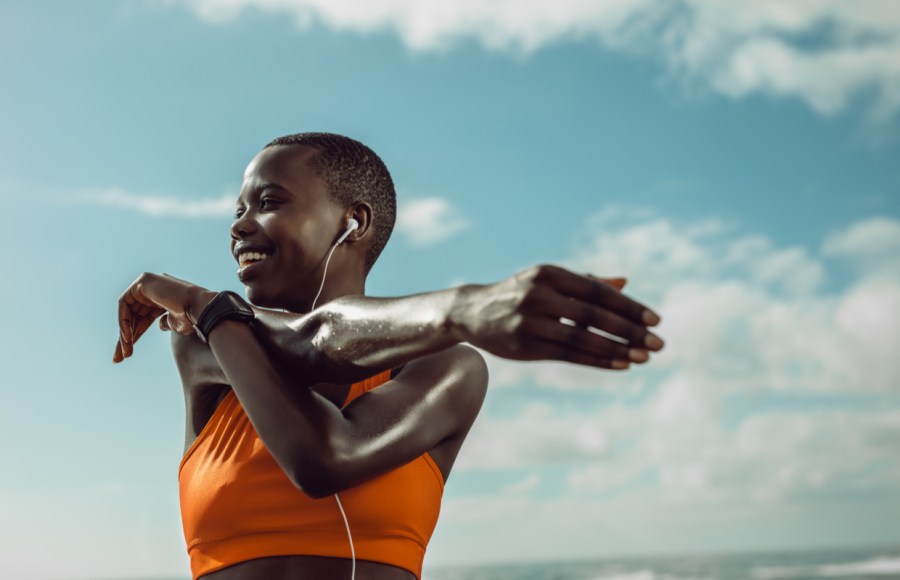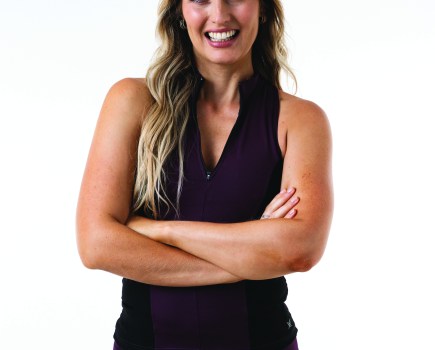Why stick to a rigid exercise routine when you can reap so many benefits from listening to what your body really needs? We take a closer look at what intuitive exercise is, before explaining how to listen to your body before choosing your workouts…
You may have heard of intuitive eating, where you build up a your mind-body connection to pick up on feelings of hunger and fullness. Well, intuitive fitness is much the same in that it’s the art of tuning in to your body’s natural intelligence and listening to physical and emotional cues about what it needs in the moment.
Benefits of intuitive exercise
The benefits of intuitive exercise are numerous, including being less likely to injure yourself or get ill from pushing yourself too hard. ‘Listening in this way gives you the chance to make informed, mindful choices about how your body needs to move,’ says personal trainer and wellness coach, Holly Goodwin.
‘A number of highly regarded intuitive exercise books such as The Blue Zones (National Geographic) have looked into the secrets of the world’s centenarians and how they’ve managed to live such a long life. All were active in someway every day, however, none of them owned a gym membership or forced themselves to run a certain number of miles each week,’ says Holly.
‘Intuitive exercise gives you the opportunity to ask yourself, “How am I feeling today?”’ Once you know how you feel you can decide which exercise will be best for what your mind and body needs today.
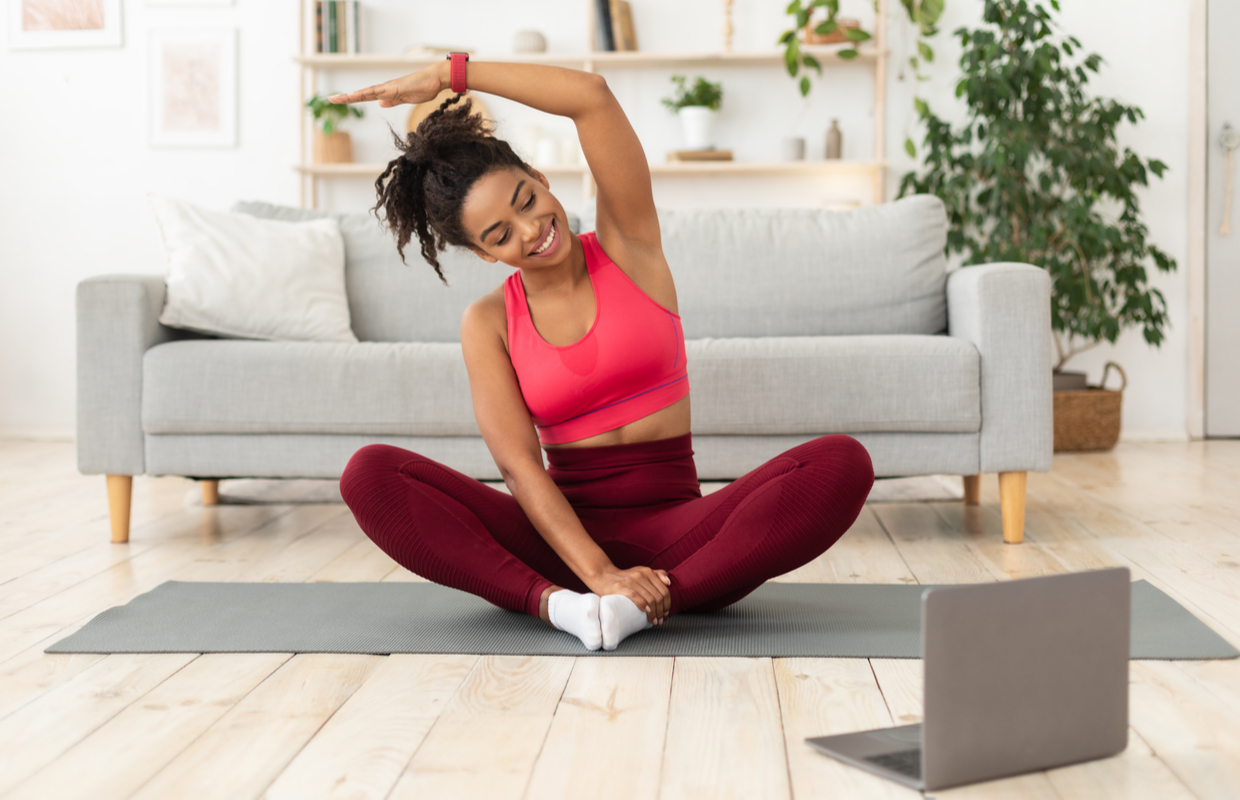
How to exercise intuitively
‘Goals are important and whether you’re training for a marathon or just want to be able to do a press up, it’s great to have a target,’ says Holly. ‘Many people thrive on structure and I find most of my clients want routine and accountability and worry that they’ll be tempted to ditch exercise altogether if given the choice.’
However, the flip side of a rigid structure is that you can develop tunnel vision and become disconnected from what your body needs and focus too heavily on what you want to achieve, which isn’t the best approach for overall health. ‘It can also lead to injury if you push your body too hard. As a result, listening to your body is likely to get you closer to your goal in the long run,’ says Holly.
‘It’s important to note that all movement counts. It’s not just the spin class or the gym session – it’s your day-to-day commitment to move in a way that feels good and nourishes your body.’
Balance intuitive exercise with fitness goals
For those concerned about the temptation to stop exercising altogether and who prefer structure, Holly recommends bringing a more intuitive approach into your current regime.
‘Do this by continuing to exercise in a way that will help you achieve your goals, but substitute one or two of the days for an intuitive day, where you listen to your body and do what feels best. For example, if you’re feeling a little drained and uninspired, instead of running on a treadmill, go for a hike. Or, if you think you might have an injury brewing, take a rest day.’
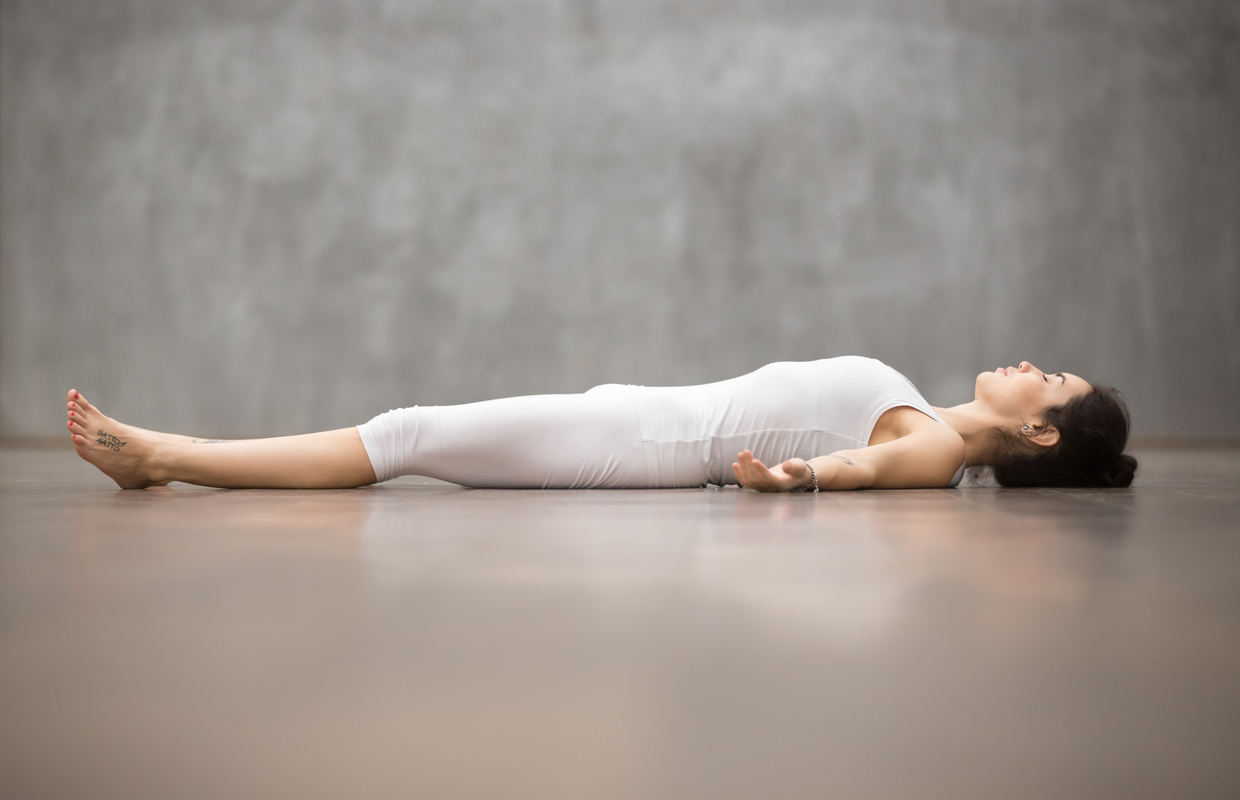
How to listen to your body
Connecting with your body and emotions whether you want to incorporate intuitive fitness into your whole exerciseroutine or just part of it, you need to know how to tune in to your body.
‘There’s a simple, three-step routine that can help you connect,’ says Holly. ‘It’s best done first thing in the morning when laying in bed or sipping your morning coffee, before the hustle and bustle of life gets in the way and clouds your mind. it only takes acouple of minutes.’
- Start with a body scan, starting from the crown of your head all the way down to your toes. Take note of each part of your body and how it feels.
- Sit or lie back, clear your mind and reflect on the vision you have for how you want to feel in your body.
- Once you have that vision, hold it and ask yourself: “What does my body need today?”
‘Intuitively, your body will flag up symptoms such as aches and pains and feelings such as excitement and drive. The more you perform this self-reflection, the more natural – or intuitive – it will become and the better you will be able to read your body and choose the right exercise.
Best form of exercise for every mood
Here are PT Holly Goodwin’s workout suggestions linked to how you’re feeling…
If you’re feeling sluggish and lethargic: go outdoors
The last thing you need when you feel sluggish is to go to the gym or an indoor class. Load up a podcast and go for a walk – 10-15 minutes is all you need. Once you get into the fresh air the oxygen and your boosted circulation will kick in and you’ll feel energised. You might even want to break into a power walk.
If you feel depressed or lack energy: cardio
Cardio is a must when you feel down, as it helps to boost your endorphins – your ‘feel good’ hormones. Something I recommend to my clients is jumping on a rebounder (a mini trampoline). It can be done at home; bouncing for just 10 minutes can help to detoxify your lymph nodes and boost your energy levels.
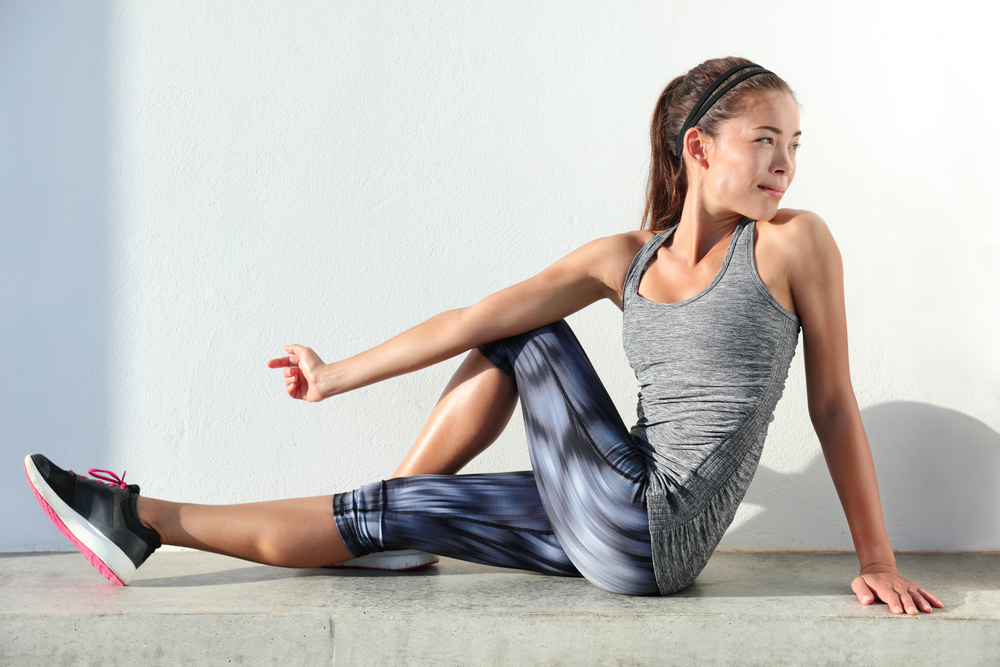
If you feel stressed or anxious: yoga
Breath work is the most important here, and yoga is one of the best workouts for combining both movement and breath. Moving in this relaxed, flowing motion immediately reduces anxiety and strengthens your parasympathetic “rest and digest” nervous system. Moves that require you to stay low and close to the mat can create a feeling of security.
If you’re on your period or menopausal: swim or stretch
Whether you’re on your period or going through menopause, this is a turbulent and changeable time for your hormones and, as a result, your mood can suffer. Movement is great for relieving symptoms, but it can be best to keep it gentle. A cooling swim will get your heart pumping without working up a sweat, or perhaps opt for some stretches. These forms of exercise are great for easing pressure on your joints.
If you feel energised and well-rested: high-intensity workouts
This is a great opportunity to get in some resistance training and high-intensity workouts. High-octane HIIT classes are perfect when you’re on top of your game. Alternatively, steady cardio workouts, such as running, are also a good option.

